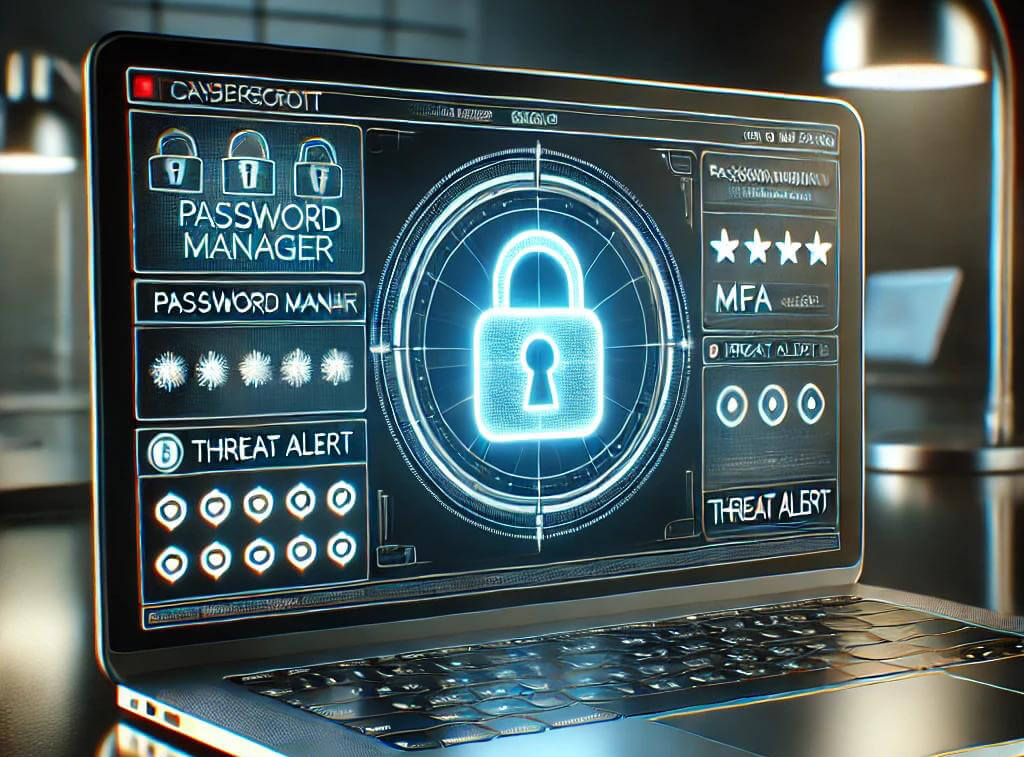Every smart device makes life a little easier—and a little riskier. Thermostats adjust automatically. Security cameras stream live footage. Hospitals track patients remotely. Factories rely on automated sensors to optimize production. Each connection improves efficiency, but it also opens another path for attackers.
For all its benefits, the Internet of Things (IoT) comes with serious security risks. Many smart devices lack basic protections, creating vulnerabilities that hackers can exploit. The challenge is clear: how do we secure billions of connected devices before attackers find a way in?
The Growing Threat
A single weak device can compromise an entire network. The Mirai botnet attack proved this when hackers took control of millions of internet-connected cameras and routers. They used them to launch massive cyberattacks, knocking major websites offline. That same method could be used against power grids, hospitals, or transportation systems.
The problem starts with the devices themselves. Many are rushed to market with weak passwords, insecure software, and no way to install security updates. It’s like selling a house with faulty locks—and no way to fix them.
Key Security Challenges
Smart devices are different from traditional computers. They’re small, use minimal power, and operate with little human oversight. That makes traditional security tools ineffective. The biggest vulnerabilities include:
1. Weak Authentication
Many IoT devices use default passwords that users never change. Worse, some come with hardcoded credentials that can’t be updated. Once hackers figure out these built-in access codes, they can break into thousands of devices instantly.
Solution
Require strong, unique credentials for every device. Use certificate-based authentication instead of passwords where possible.
2. Unrestricted Network Access
Smart devices often share networks with critical systems. That means if an attacker breaches a single IoT device—like a smart thermostat—they can move through the network and access everything else, including sensitive data and core business operations.
Solution
Isolate IoT devices on separate networks. Use firewalls and access controls to limit their ability to communicate with other systems.
3. Lack of Security Updates
Many IoT devices lack a way to install software patches, leaving them permanently vulnerable to new threats. Some manufacturers stop supporting devices after just a few years, forcing consumers to replace hardware just to stay secure.
Solution
Ensure devices support secure over-the-air (OTA) updates. Require digitally signed firmware to prevent tampering.
Different Places, Different Risks
Smart Homes: Convenience vs. Privacy
IoT devices in homes collect vast amounts of personal data. A hacked smart speaker could record private conversations. A compromised security camera could stream footage to attackers. Simple precautions can reduce the risk:
- Change default passwords.
- Use separate networks for smart devices.
- Disable features you don’t need, like remote access.
Healthcare: When Security Is Life or Death
Connected medical devices—pacemakers, insulin pumps, hospital monitoring systems—improve patient care but introduce new risks. A security flaw in a medical device isn’t just an inconvenience; it could endanger lives. In response, the FDA now recalls medical devices with cybersecurity flaws, acknowledging the growing threat.
Key protections:
- Regular security patching for medical IoT.
- Stronger encryption for patient data.
- Strict access controls to prevent unauthorized tampering.
Industrial Systems: Digital Attacks, Physical Damage
Factories, utilities, and transportation networks rely on industrial IoT (IIoT) to optimize operations. But these systems are also high-value targets. The Stuxnet attack—where malware destroyed industrial equipment by altering its code—proved that cyber threats can cause real-world destruction.
Some facilities now air-gap critical systems, disconnecting them from the internet entirely. But that limits their ability to monitor and improve operations. Security measures must strike a balance between connectivity and safety.
Building Better IoT Security
No single solution can eliminate IoT risks, but layered security can make devices significantly safer. Key measures include:
- Strong authentication: No default passwords. Unique credentials for every device.
- Network segmentation: Keep IoT devices separate from critical systems.
- Regular software updates: Devices must support automatic, secure updates.
- Encryption: Protect data in transit and at rest.
- Monitoring: Detect unusual behavior before it leads to an attack.
AI’s Role in IoT Security
Artificial intelligence is playing an increasing role in spotting and stopping attacks. AI-powered monitoring can detect anomalies faster than humans, identifying unusual device activity that signals a breach. But these tools also come with risks. AI security systems can be manipulated by attackers, tricked into ignoring real threats or generating false alarms. Careful oversight is needed to ensure AI helps, rather than harms, security efforts.
Why This Matters for Everyone
Most people don’t think about cybersecurity when they install a smart doorbell or connect a new device to Wi-Fi. But IoT security isn’t just about individual gadgets—it’s about the entire internet.
A single vulnerable security camera might seem insignificant, but when combined with millions of others, it can be weaponized to launch devastating cyberattacks. Businesses, governments, and consumers all share responsibility in making IoT safer.
The tools to improve security already exist. What’s needed is widespread awareness and action. In a connected world, security can’t be optional. The choices made today will determine whether smart technology makes us safer or more vulnerable tomorrow.





